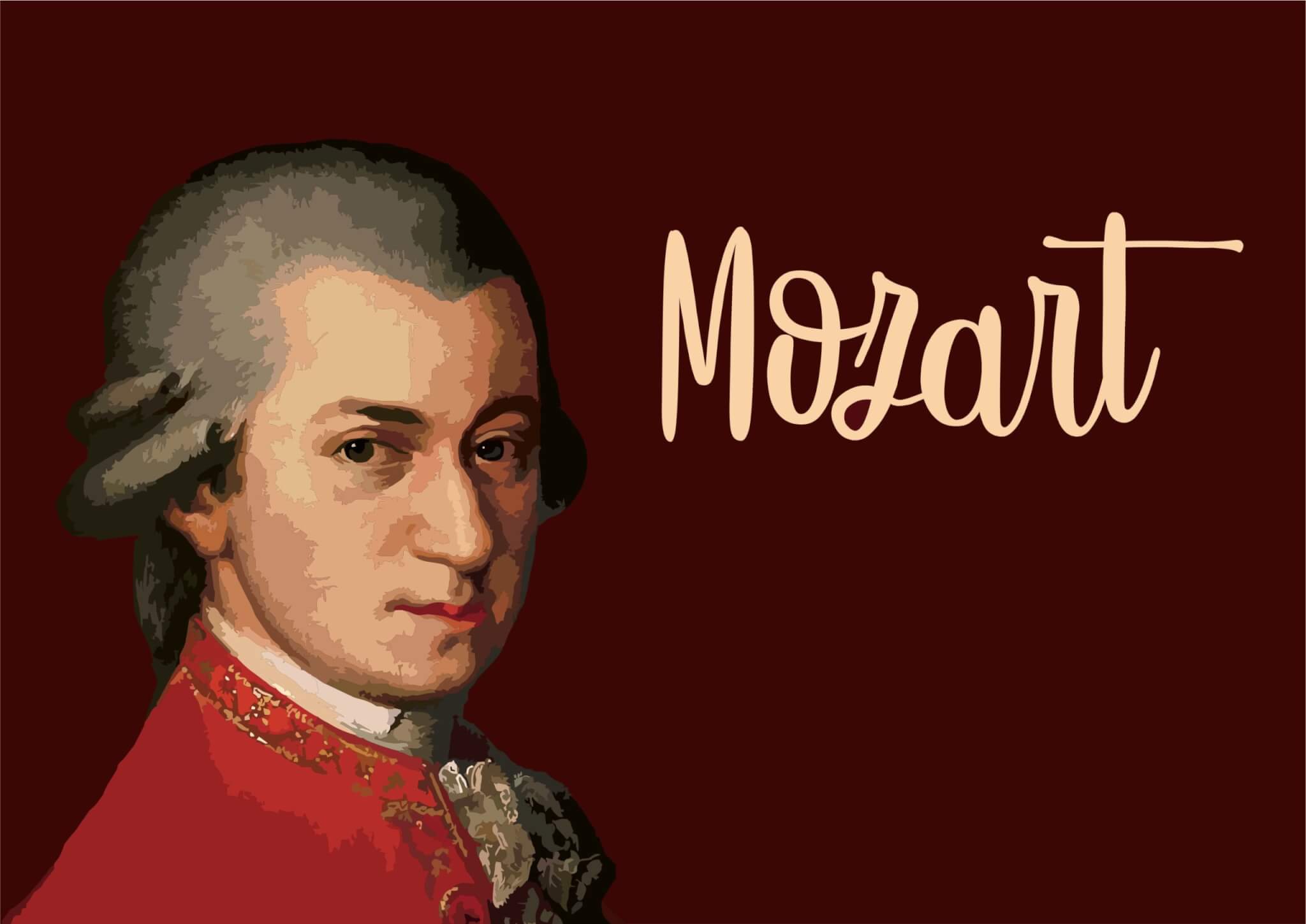According to a study published Thursday, the therapeutic power of a Mozart sonata that can calm epileptic brain activity may be due to melodies that create a sense of surprise.
The study of 16 patients hospitalised with epilepsy who did not respond to medication has raised hopes that music could be used to develop new non-invasive treatments.“Our ultimate goal is to define a ‘anti-epileptic’ music genre and use music to improve the lives of those who suffer from epilepsy,” she says “Dartmouth College’s Robert Quon, one of the study’s co-authors, said in a statement published in Scientific Reports.
The effects of Mozart’s Sonata for Two Pianos in D Major K448 on cognition and other brain activity are well known, but researchers are still trying to figure out why.In this study, scientists played the piece for patients who had brain implant sensors to monitor the occurrence of IEDs, which are brief but harmful brain events that epileptics experience between seizures.They discovered that after 30 seconds of listening, IEDs decreased, with significant effects in parts of the brain associated with emotion.

When they compared the response to the work’s structure, they discovered that the effects were stronger during transitions between longer musical phrases — those lasting ten seconds or more.According to Quon, the findings suggest that longer phrases may elicit a sense of anticipation — and then respond in an unexpected way, eliciting a positive emotional response “.
.The so-called “Mozart effect” has been the subject of study since 1993, when scientists claimed that listening to K448 for 10 minutes improved spatial reasoning skills.K448’s effects on various brain functions and disorders, including epilepsy, have since been studied.However, the authors claim that this is the first to dissect observations based on the song’s structure, which they describe as “organised by contrasting melodic themes, each with its own underlying harmony.” “..Patients showed no change in brain activity when exposed to other auditory stimuli or pieces of music that were not K448 — even those from their preferred musical genres — as in previous studies.The patients in this study were exposed to 90 seconds of a Wagner work with changing harmonies but “no recognisable melody.” “..Listening to Wagner had no calming effect, prompting researchers to focus on melody as being important in K448.

The study suggests that future research could compare the sonata’s therapeutic components to other carefully chosen pieces of music.
__________
Epilepsy | Don’t forget to follow us on Twitter @njtimesofficial. To get latest updates









